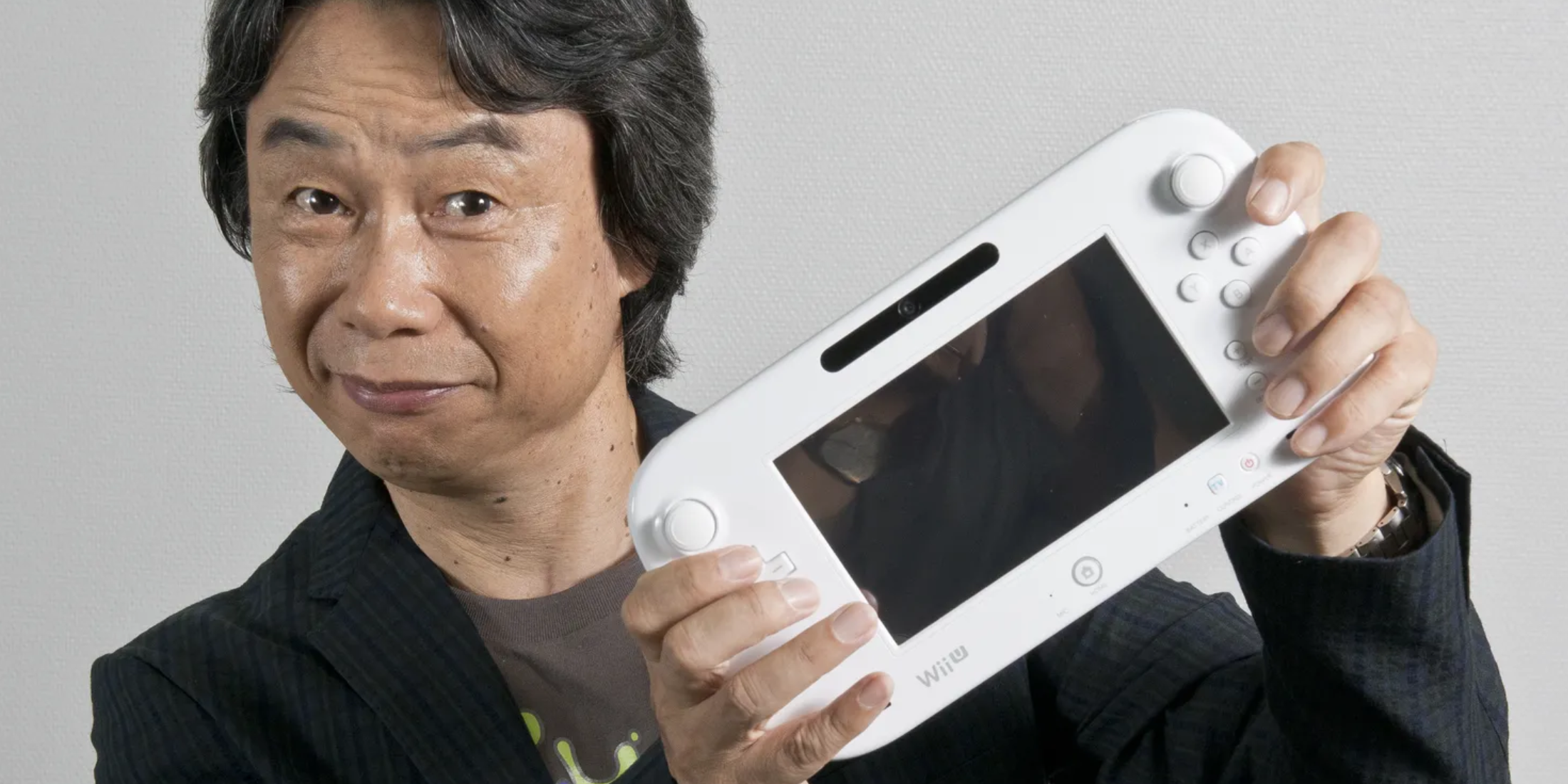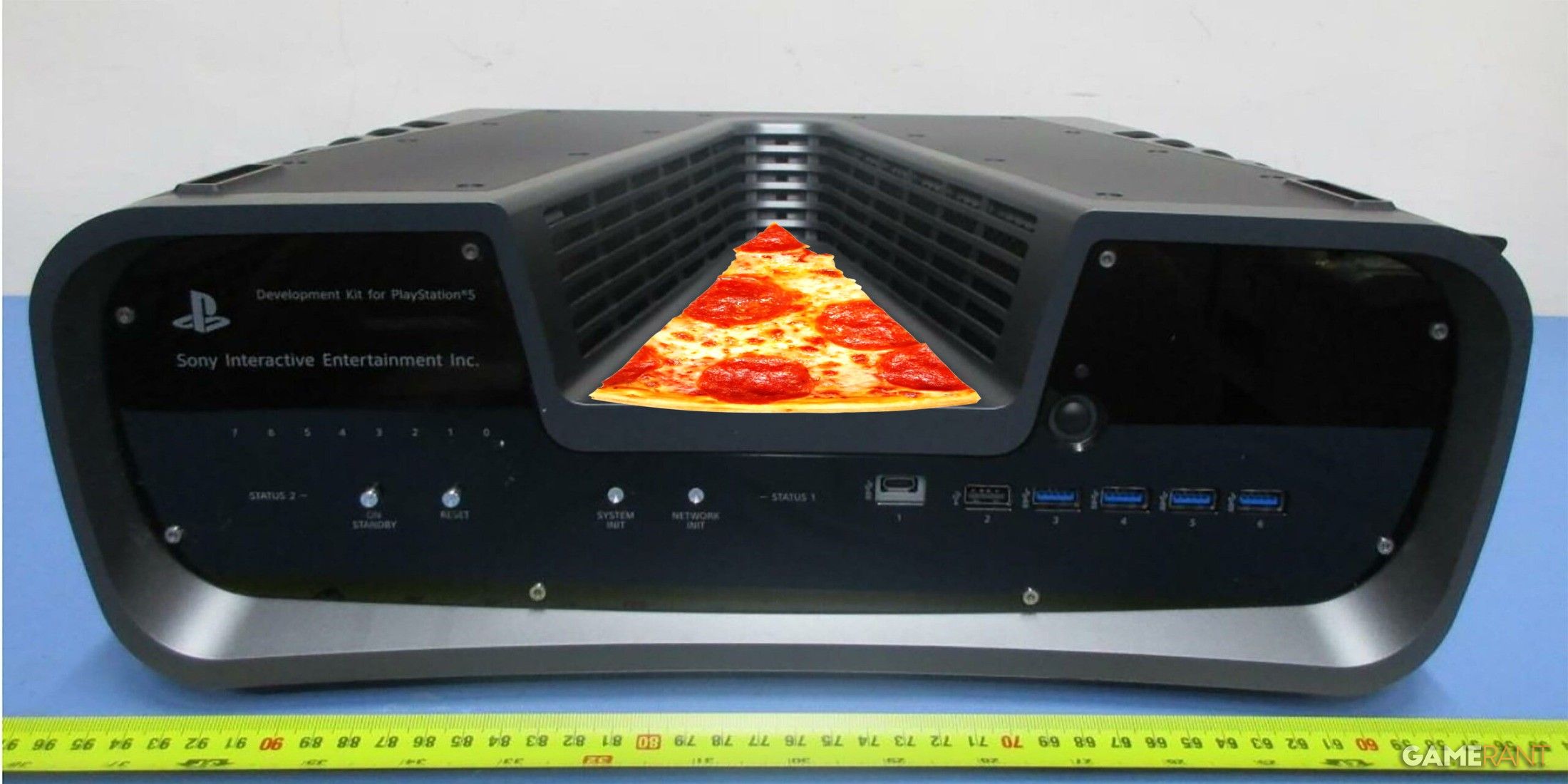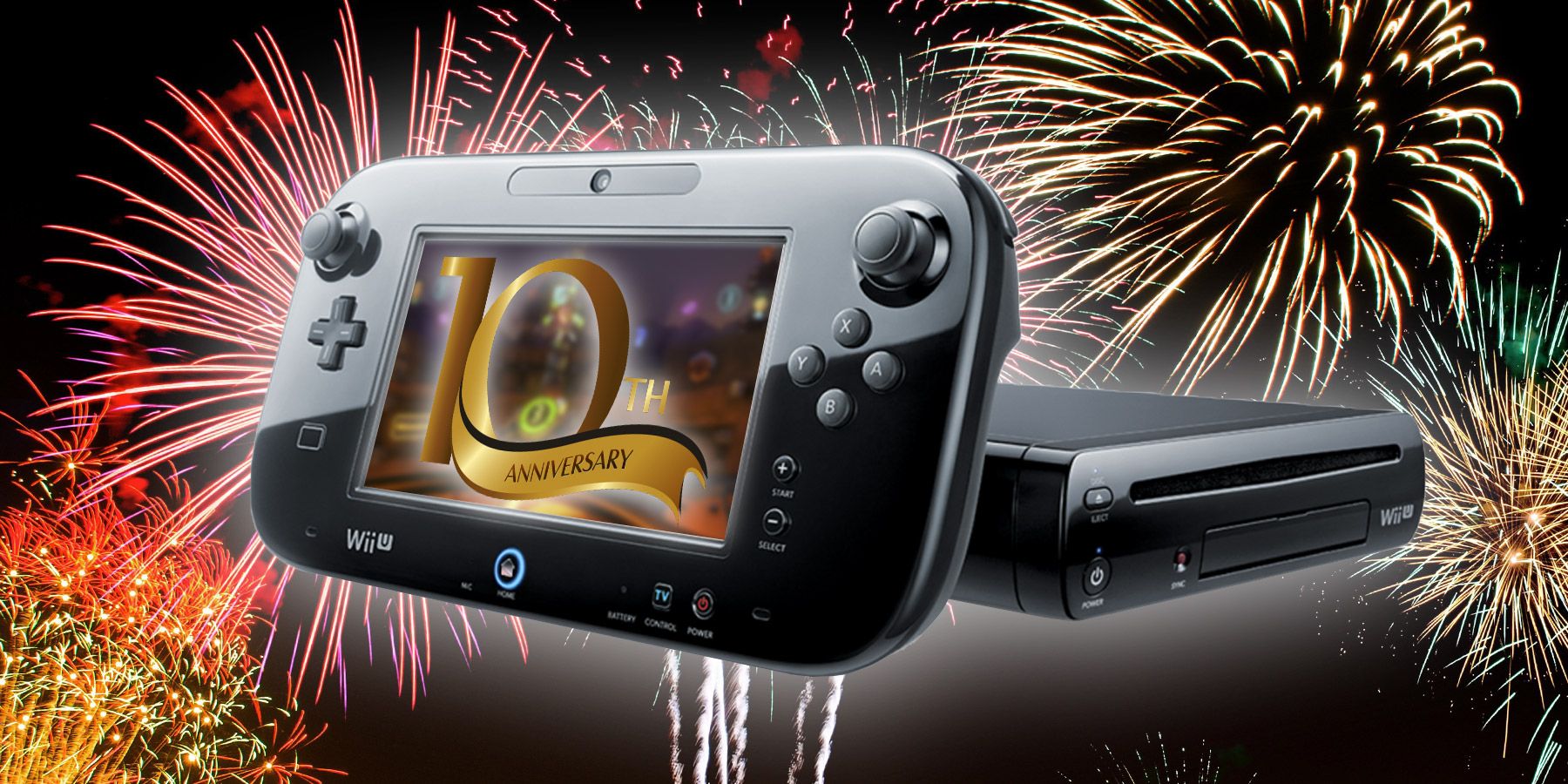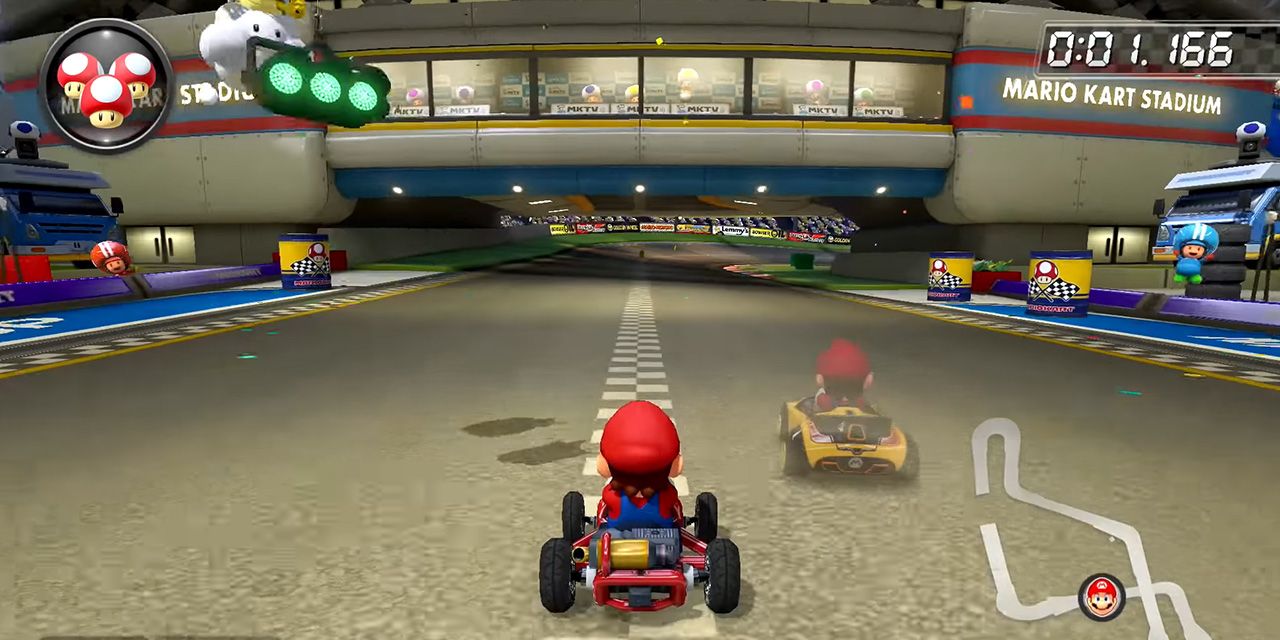Since its very first foray into the home video game console market, Nintendo has always prided itself on innovation. Each iteration of its game consoles has looked to introduce something new to the market, and these quirks have helped the company to keep itself relevant in the face of Sony and Microsoft's dominance over the last couple of decades. The Nintendo Switch has proved to be an extremely popular console thanks to its versatility and innovation, and even more impressive is the fact that this came off the back of one of Nintendo's most poorly received consoles: The Wii U. Celebrating its 10th birthday today, the Wii U never quite found its audience, and has remained one of the rare times that Nintendo missed the mark.
On the surface, it appeared the Wii U had a lot going for it. As the first Nintendo console to support HD graphics, and being fully backward compatible with the entire library of Nintendo Wii games, the console looked to piggyback on the popularity of its predecessor, which in many ways had broken new ground. The Nintendo Wii was a unique concept that had caught Sony and Microsoft off guard, offering a new way to enjoy video games with a blend of technology and physical movement resulting in interactive games such as Wii Sports which appealed to all ages. The Wii U had a solid base to build from then, and its success seemed almost assured. Unfortunately, it didn't quite turn out that way.
The Wii U Had Some Good Ideas That Were Poorly Executed
The Nintendo Wii had been a tremendous success and marked a triumphant return to form for Nintendo. Its strategy of avoiding direct competition with Sony and Microsoft by targeting a wider demographic had paid dividends. The Wii U looked to build on this formula, as well as offer some new innovations of its own. Chief among the console's shiny new features was the Wii U Gamepad. The pad has the usual combination of buttons and analog sticks on it, but with a difference: it contains a large screen at its center.
The tablet-shaped device serves multiple purposes, and gamers could use it as a standard controller, touchscreen, a second screen offering a different perspective on the game, or even a makeshift handheld device if the TV was unavailable. It was certainly a bold idea that fans seemed to enjoy, but the pad itself had a poor battery life that hindered its popularity. The problems didn't end there either, with the console's weak lineup of launch games hampering momentum, and some uncharacteristically poor marketing from Nintendo which seemed to leave gamers in doubt as to what the Gamepad actually was.
While the console certainly had its high points, with titles such as Mario Kart 8 - a game that is still regularly being played 10 years later - and Super Mario 3D World showing off exceptional visuals and high-quality gameplay, it ultimately failed to capture imaginations in the way that its predecessor did, and this reflected heavily in the sales figures. Overall, the Wii U console shipped a paltry 13 million units worldwide. In contrast, Nintendo's Wii console sold over 100 million units.
Whatever the Wii U's shortcomings were, Nintendo ultimately bounced back extremely well. Its next venture was the Nintendo Switch, a console that has once again raised the bar for innovation with its ability to switch between a handheld and a standard video game console with little difficulty, and its Joy-Con controllers pushing new boundaries in terms of what players can get from a controller. As of September 2022, The Switch has sold 114 million units worldwide since its launch in 2017, becoming Nintendo's best-selling console and one of the best-selling video game consoles of all time. Arguably, then, the Wii U will be seen as a necessary step in Nintendo's evolution, even if it never quite reached its potential.





